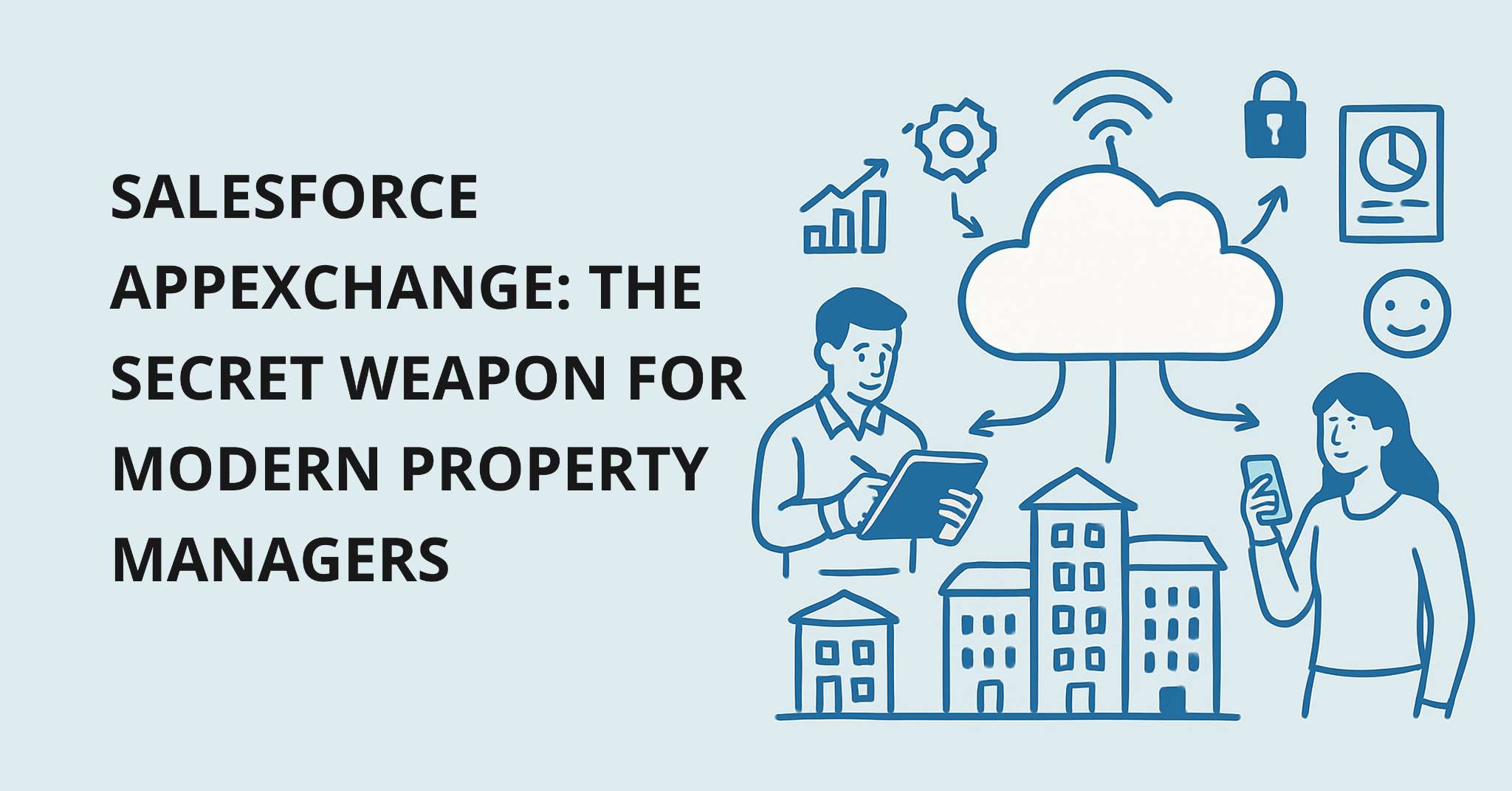In the student housing industry, maximizing revenue while ensuring high occupancy rates is paramount for property managers and investors.
A crucial metric used to gauge financial performance in this sector is the DOR (Revenue Per Occupied Room). This measure, commonly referred to as RevPOR (Revenue Per Occupied Room), offers insights into the profitability of each occupied housing unit.
This article delves into the intricacies of DOR, its significance, calculation, and strategies to optimize it.
What is DOR?
DOR, or Revenue Per Occupied Room, is a financial metric that assesses the average revenue generated by each occupied unit within a student housing property.
It is analogous to the widely recognized RevPAR (Revenue Per Available Room) used in the hospitality industry. However, while RevPAR considers all rooms, whether occupied or not, DOR focuses solely on the revenue from occupied units, providing a more precise understanding of income generation.
Importance of DOR in Student Housing
- Financial Performance Indicator: DOR serves as a critical indicator of a property’s financial health. By analyzing this metric, property managers can identify trends, evaluate the effectiveness of pricing strategies, and make informed decisions to enhance profitability.
- Occupancy vs. Revenue: Unlike occupancy rates, which merely reflect how many units are filled, DOR offers a deeper insight by correlating occupancy with revenue. A high occupancy rate with low DOR suggests that the units may be underpriced, while a high DOR with lower occupancy could indicate premium pricing.
- Benchmarking: DOR allows property managers to benchmark their performance against competitors or industry standards. This comparison helps in identifying areas of improvement and adopting best practices to stay competitive.
- Revenue Management: Effective revenue management in student housing involves not just filling units but maximizing the revenue from each occupied unit. DOR plays a pivotal role in achieving this balance.
Calculating DOR
The calculation of DOR is straightforward. It involves dividing the total revenue generated from occupied units by the number of occupied units within a specific period. The formula is:
DOR = Total Revenue from Occupied Units /Number of Occupied Units
For example, if a student housing property generates $100,000 in a month from 50 occupied units, the DOR would be:
DOR = 100,000/50
= 2,000
This means each occupied unit generates an average of $2,000 in revenue per month.
Factors Influencing DOR
Several factors can influence DOR in student housing, and understanding these can help in optimizing revenue:
- Pricing Strategy: The rental rates set for units play a significant role in determining DOR. Competitive pricing, coupled with periodic adjustments based on demand and market conditions, can optimize revenue.
- Occupancy Levels: While DOR focuses on occupied units, maintaining high occupancy levels ensures a steady revenue stream. Marketing efforts, attractive lease terms, and maintaining good property conditions are crucial in achieving high occupancy.
- Additional Revenue Streams: Besides rental income, additional revenue streams such as parking fees, utility charges, and amenities (like gym access or laundry services) can significantly boost DOR.
- Tenant Demographics: Understanding the target demographic—such as undergraduate vs. graduate students—helps in tailoring services and pricing to match their preferences and willingness to pay.
- Lease Terms: Flexible lease terms, including short-term leases, can attract a wider range of tenants and optimize occupancy during off-peak periods, positively impacting DOR.
Strategies to Optimize DOR
- Dynamic Pricing: Implementing a dynamic pricing strategy that adjusts rental rates based on demand, seasonality, and market trends can maximize revenue. Technology and data analytics can aid in setting optimal prices.
- Enhancing Property Amenities: Investing in desirable amenities such as high-speed internet, study areas, recreational facilities, and modern furnishings can justify higher rental rates and attract more tenants.
- Effective Marketing: Robust marketing campaigns targeting students and parents through social media, college partnerships, and on-campus events can improve visibility and attract tenants.
- Tenant Retention Programs: Reducing turnover by creating tenant retention programs—such as loyalty discounts, referral bonuses, and tenant appreciation events—can maintain high occupancy rates and stable revenue.
- Operational Efficiency: Streamlining operations to reduce costs without compromising on service quality can enhance profitability. Efficient property management software, regular maintenance, and prompt issue resolution contribute to tenant satisfaction and retention.
- Value-Added Services: Offering value-added services like furnished units, meal plans, or bundled utilities can increase the perceived value of the units, allowing for higher rental rates.
How Can A Property Management System Help Maximize Revenue By Occupied Room?
A Student HousingProperty Management System (PMS) is an essential tool for student housing operators, providing a comprehensive suite of functionalities designed to streamline operations, enhance tenant experiences, and ultimately maximize revenue.
Here’s how a PMS can help maximize Revenue Per Occupied Room (DOR):
Dynamic Pricing and Revenue Management
A sophisticated PMS offers dynamic pricing capabilities, allowing property managers to adjust rental rates based on real-time market demand, occupancy levels, and seasonal trends.
By analyzing data and market conditions, the system can suggest optimal pricing strategies that maximize revenue per occupied room.
- Automated Pricing Adjustments: The PMS can automatically adjust rates during high-demand periods, such as the beginning of the academic year, while offering discounts during off-peak times to maintain high occupancy.
- Competitor Analysis: Integration with market data sources enables the PMS to compare rental rates with competitors, ensuring competitive yet profitable pricing.
Tenant Management and Retention
Effective tenant management features help in maintaining high occupancy rates and reducing turnover, which are crucial for maximizing DOR.
- Lease Management: The PMS streamlines lease administration, tracking lease expirations, and automating renewal reminders, thus minimizing vacancy periods.
- Communication Tools: Enhanced communication features, such as automated email and SMS notifications, keep tenants informed about important updates and events, fostering better tenant relationships.
- Retention Programs: Implementing tenant retention strategies, such as loyalty programs and early renewal incentives, can be managed through the PMS, encouraging long-term tenancies and stable revenue.
Operational Efficiency
Streamlined operations lead to cost savings and improved tenant satisfaction, indirectly boosting DOR.
- Maintenance Management: The PMS tracks maintenance requests and schedules preventive maintenance, ensuring timely resolution of issues and maintaining property conditions that attract and retain tenants.
- Billing and Payments: Automated billing and payment processing reduce administrative burden and ensure timely rent collection, improving cash flow and financial stability.
- Reporting and Analytics: Comprehensive reporting tools provide insights into occupancy rates, revenue performance, and expense management, enabling informed decision-making and strategic planning.
Marketing and Leasing Automation
A robust PMS enhances marketing efforts and simplifies the leasing process, helping to attract and convert prospects into tenants efficiently.
- Online Listings and Applications: Integration with online rental platforms ensures that vacancies are widely advertised, reaching a broader audience. Online application features streamline the leasing process, making it convenient for prospective tenants.
- Lead Management: The PMS tracks and manages leads, automating follow-ups and nurturing prospects through the leasing funnel, improving conversion rates.
- Targeted Marketing Campaigns: Utilizing tenant data, the PMS can help design targeted marketing campaigns, reaching specific demographics such as incoming freshmen or international students, thereby optimizing occupancy rates.
Enhanced Tenant Experience
Providing a positive tenant experience is key to retaining tenants and achieving high occupancy rates.
- Resident Portals: Online resident portals offer tenants self-service options for rent payments, maintenance requests, and accessing lease documents, enhancing convenience and satisfaction.
- Community Engagement: Features that facilitate community events and communication among tenants can create a sense of community, increasing tenant satisfaction and loyalty.
Additional Revenue Streams
A PMS can help identify and manage additional revenue opportunities beyond basic rent, further increasing DOR.
- Amenity Management: The system can manage and monetize additional amenities such as parking, storage units, and recreational facilities, providing additional income streams.
- Utility Billing: Implementing and managing utility billing or bundling services (such as internet and cable) through the PMS can generate extra revenue while offering convenience to tenants.
- Ancillary Services: The PMS can manage value-added services like furnished units, housekeeping, or laundry services, allowing for higher rental rates and increased revenue.
Data-Driven Decision Making
Access to real-time data and advanced analytics provided by a PMS allows property managers to make data-driven decisions that optimize revenue.
- Performance Metrics: The PMS tracks key performance indicators such as DOR, occupancy rates, and tenant turnover, providing insights into areas needing improvement.
- Trend Analysis: Analyzing trends over time helps in anticipating market shifts and adjusting strategies proactively.
- Benchmarking: Comparing performance against industry benchmarks helps in identifying strengths and weaknesses, guiding strategic improvements.
Similar Metrics to Revenue Per Occupied Room (DOR)
In the property management and hospitality industries, various metrics are used to gauge performance, profitability, and efficiency. Here are some metrics similar to Revenue Per Occupied Room (DOR):
1. Revenue Per Available Room (RevPAR)
- Definition: Measures the revenue generated per available room, regardless of whether it is occupied.
- Calculation:
RevPAR = Total RevenueTotal Available Rooms
OR
RevPAR = Average Daily Rate (ADR) × Occupancy Rate
Usage: Widely used in the hotel industry to assess overall room performance and efficiency.
2. Average Daily Rate (ADR)
- Definition: The average rental income per paid occupied room.
- Calculation:
ADR = Total Room Revenue/Number of Rooms Sold
Usage: Helps in understanding the average rate at which rooms are sold, providing insights into pricing strategies.
3. Gross Operating Profit Per Available Room (GOPPAR)
- Definition: Measures the gross operating profit generated per available room.
- Calculation:
GOPPAR = Gross Operating Profit/Total Available Rooms
Usage: Offers a comprehensive view of profitability by considering both revenue and operating costs.
4. Occupancy Rate
- Definition: The percentage of available rooms that are occupied over a given period.
- Calculation:
Occupancy Rate = ( Occupied Rooms/Total Available Rooms) ×100
Usage: Indicates how well a property is filling its available units.
5. Revenue Per Square Foot (RPSF)
- Definition: Measures the revenue generated per square foot of rentable space.
- Calculation:
RPSF = Total Revenue/Total Rentable Square Footage
Usage: Commonly used in retail and commercial real estate to assess the efficiency of space usage.
6. Net Operating Income (NOI)
- Definition: The total revenue from a property minus its operating expenses, excluding taxes and interest.
- Calculation:
NOI = Total Revenue − Operating Expenses
Usage: Provides a clear picture of a property’s profitability.
7. Cost Per Occupied Room (CPOR)
- Definition: The average cost incurred to service each occupied room.
- Calculation:
CPOR = Total Operating Expenses/Number of Occupied Rooms
Usage: Helps in understanding and managing the expenses associated with occupied rooms.
8. Total Revenue Per Available Room (TRevPAR)
- Definition: Includes all revenue streams (room, food, beverage, etc.) per available room.
- Calculation:
TRevPAR = Total Revenue from All Sources/Total Available Rooms
Usage: Provides a holistic view of revenue performance, considering all sources of income.
9. Average Revenue Per User (ARPU)
- Definition: Measures the average revenue generated per user or tenant.
- Calculation:
ARPU = Total Revenue/Total Number of Users or Tenants
Usage: Common in subscription-based models and can be adapted for housing to assess tenant contribution.
10. Leasing Efficiency (LE)
- Definition: Evaluates the efficiency of leasing efforts by comparing leased space to available space.
- Calculation:
LE = ( Leased Space/Total Available Space) × 100
Usage: Used in commercial real estate to assess how effectively space is leased.
Each of these metrics offers unique insights and serves different purposes in property management and real estate investment, helping stakeholders make informed decisions to optimize performance and profitability.
Key Takeaways
DOR (Revenue Per Occupied Room) is a vital metric in the student housing industry, providing a clear picture of revenue performance per occupied unit.
By understanding and optimizing DOR, property managers and investors can enhance financial outcomes, maintain competitive edge, and ensure sustainable growth.
Through strategic pricing, effective marketing, superior amenities, and operational efficiency, maximizing DOR becomes a tangible goal, leading to a thriving student housing business.
To learn more about how property management systems can help with your revenue per occupied room, schedule a call with us right now!







_-_A_Complete_Guide.png)











+for+Hotel+Chains.png)
